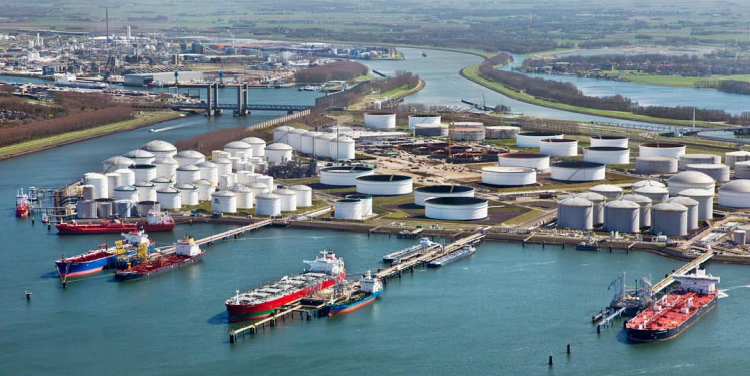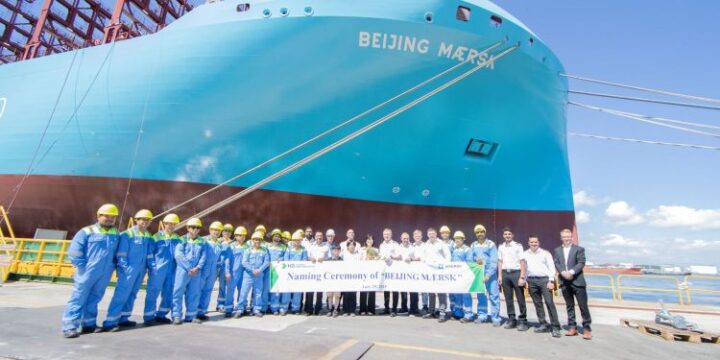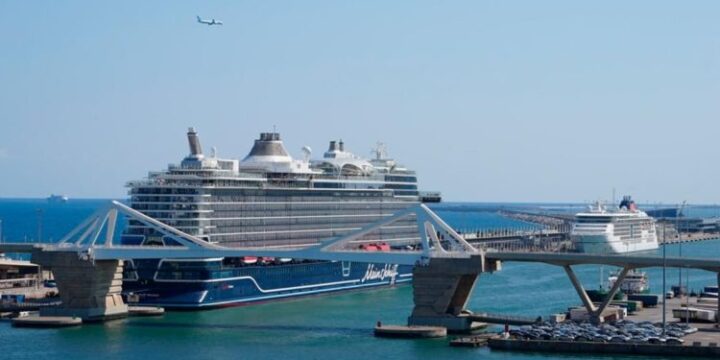August 6, 2025

The European Maritime Safety Agency (EMSA) in its newest series of reports regarding the safety of ammonia use in ships has reviewed critical causes and patterns in ammonia-related maritime accidents.
Among the alternative fuel options, anhydrous ammonia has drawn a lot of interest from the marine industry for its potential to become a long-term solution for decarbonisation. The comprehensive review of accidents however, highlighted on EMSA’s report “Safety of Ammonia for Use in Ships”, has underscored critical causes of these incidents that allow identifying recurring patterns and highlighting critical areas for preventive or corrective measures for application in the maritime sector.
According to the report, among the reported accidents, accidents due to operating problems were quite high while accidents due to component failure/wear in the equipment damage group occur most frequently.
There is no practical experience in using ammonia as a fuel in shipping and ammonia-based concepts for propulsion, such as ammonia internal combustion engines, are still at development stages. Despite that, a relatively large number of ammonia fuelled ships have been ordered already.
Understanding the gap between how crew manage vessel operations now and what will be required of them in the future will become critical to ensuring competence throughout the transformation to advanced technologies. According to EMSA, from November 1979 to November 2023, eMARS reported 1,198 accidents of which 69 are related to ammonia. The first ammonia accident is from October 1985 and the last one from February 2023.
eMARS main causes of accidents related to ammonia – Credit: EMSA Most common causes of accidents #1 Valve failures
Valve failures is the most common cause among the reviewed accidents. Failure in valves, seals, or equipment connections leads to ammonia dispersion, resulting in some cases in severe or fatal injuries and environmental damage; as example can be mentioned the incident in an ammonia tank storage installation on the January 4, 2005. In this event, due to the complete opening of the ammonia storage tank drainage valve, there was a sudden and violent release of ammonia.
This incident resulted in serious injuries to the personnel. Additionally, it caused the formation of an additional leak near the drainage point, releasing significant amounts of liquid ammonia that evaporated and dispersed in the surrounding area. Sometimes, automatic shut-off valves did not operate properly.
#2 Electrical problems and power failures
Another recurrent cause of accidents is electrical problems and power failures, triggering critical events that lead to explosions or failures in safety systems. As an example, on June 26, 2009, a violent storm led to the stop with a total blowoff of the installation for ammonia production in an ammonia plant. The thunderstorm caused a complete power failure as well on the high voltage as on the low-tension grid. There was consequently a stop of all the electrical motors and an explosion occurred in this furnace.
#3 Corrosion in pipes
A third cause of accidents is corrosion in pipes, valves, and equipment due to prolonged exposure to chemicals and lack of proper maintenance. On occasion, the causes of the accidents were identified as design failures and technical specifications errors, such as mistakes in material selection, pipes unsuitable for certain temperatures and pressures, lack of adherence to technical specifications during installation and operation, and problems in the design of critical systems.
On April 2, 2011, there was an ammonia leak from high-pressure section of urea plant caused by the corrosion of a section of pipeline. Finally, some accidents are caused by human errors, misuse of alarm systems, errors in operating procedures, communication failures, and lack of training, especially regarding the operation of critical equipment.
In some incidents, the emergency response was delayed or not carried out efficiently, resulting in more serious consequences.
Drawing insights from these incidents is essential to strengthen industrial safety protocols and protect the health of workers and the environment.
…EMSA pointed out.

